
“Ladyhawke,” directed by Richard Donner and released in 1985, is a timeless fantasy film that weaves together themes of love, redemption, and the supernatural.
Ladyhawke, directed by Richard Donner and released in 1985, is a timeless fantasy film that masterfully weaves together themes of love, redemption, and the supernatural. Set in a medieval world where magic and faith collide, the film tells the story of a tragic romance cursed by dark forces, and the quest to break that curse.

The film follows the journey of two lovers, Etienne Navarre (played by Rutger Hauer) and Isabeau d’Anjou (played by Michelle Pfeiffer), who are doomed to be forever apart by a powerful curse. By day, Isabeau is transformed into a hawk, and by night, Navarre becomes a wolf. Their curse, inflicted by the jealous and evil Bishop of Aquila (John Wood), ensures that they can never be together in their human forms.
Enter Phillipe Gaston, also known as “Mouse” (played by Matthew Broderick), a witty and resourceful thief who escapes from the dungeons of Aquila and inadvertently becomes entangled in the lovers’ quest. With Phillipe’s help, Navarre and Isabeau seek to find a way to break the curse, which can only be undone by confronting the Bishop during a rare solar eclipse known as “the day without a night.”
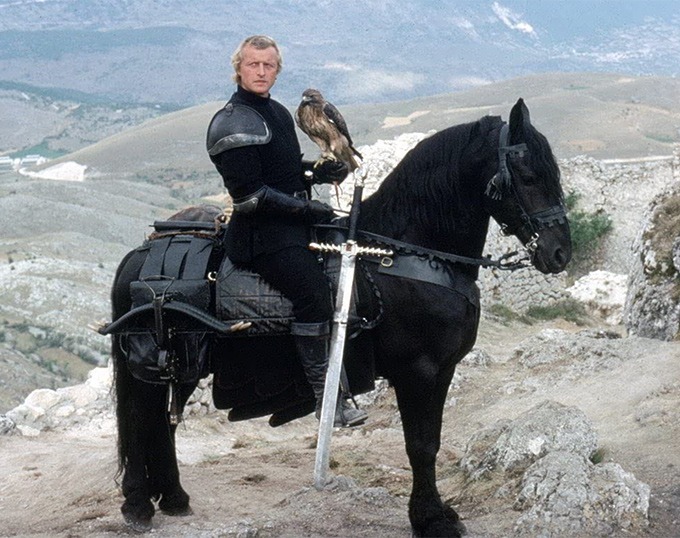
Ladyhawke is a film that stands out for its enchanting blend of romance, adventure, and fantasy. Richard Donner’s direction captures the sweeping beauty of the medieval landscape, with breathtaking cinematography that showcases the Italian countryside, castles, and forests where the story unfolds. The film’s visual style, combined with its evocative score composed by Andrew Powell and performed by The Alan Parsons Project, creates a unique atmosphere that is both ethereal and epic.
The performances of the main cast are central to the film’s enduring appeal. Rutger Hauer brings a noble intensity to the role of Navarre, portraying a man driven by love and honor, yet haunted by the curse that keeps him apart from Isabeau. Michelle Pfeiffer, with her ethereal beauty and grace, embodies the role of Isabeau, a woman of strength and resilience, trapped in a tragic fate. Matthew Broderick provides a charming and humorous contrast as Phillipe, whose cleverness and quick wit add levity to the story while also serving as the emotional anchor for the audience.
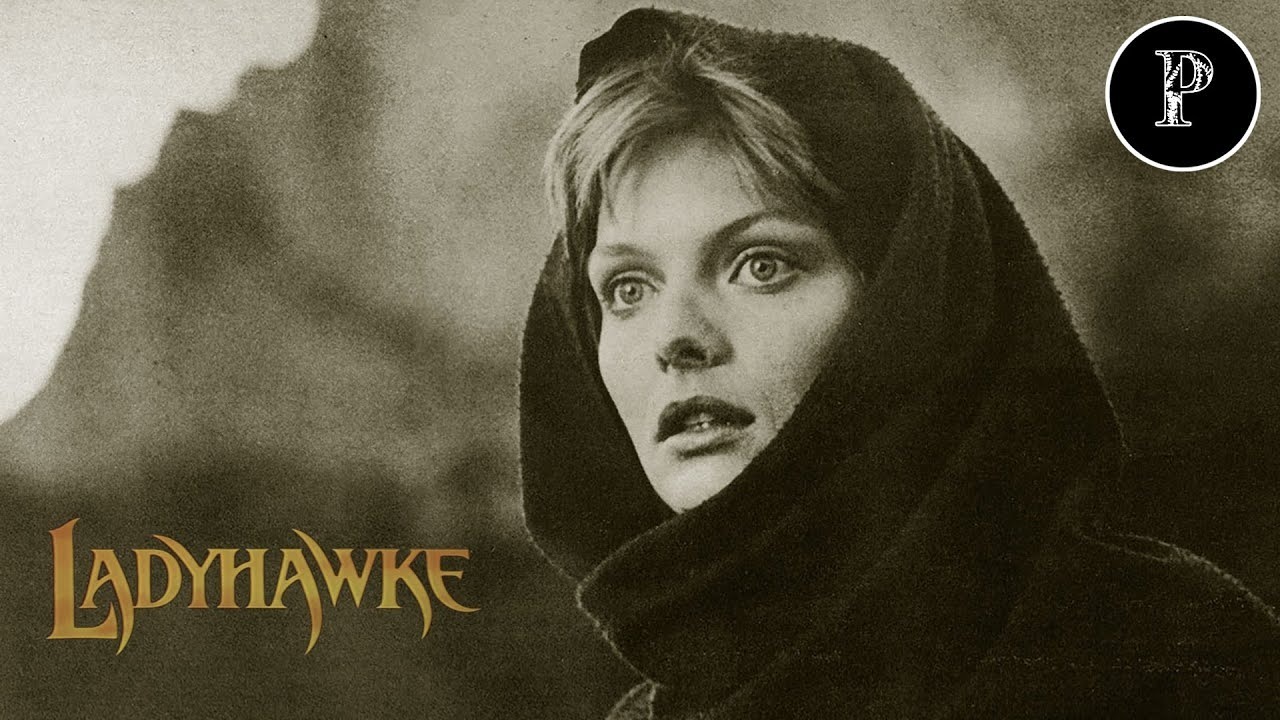
The film’s themes of love and redemption are deeply intertwined with the supernatural elements of the story. The curse that binds Navarre and Isabeau serves as a powerful metaphor for the barriers that love can sometimes face, whether imposed by external forces or internal struggles. The film’s resolution, which hinges on the lovers’ faith and determination, is a poignant reminder of the enduring power of love to overcome even the darkest of curses.
Ladyhawke also explores themes of loyalty and sacrifice, as Phillipe, despite his initial reluctance, becomes an integral part of Navarre and Isabeau’s quest, risking his life to help them achieve their goal. The film’s portrayal of friendship and courage in the face of overwhelming odds adds depth to its narrative, making it more than just a simple fantasy romance.
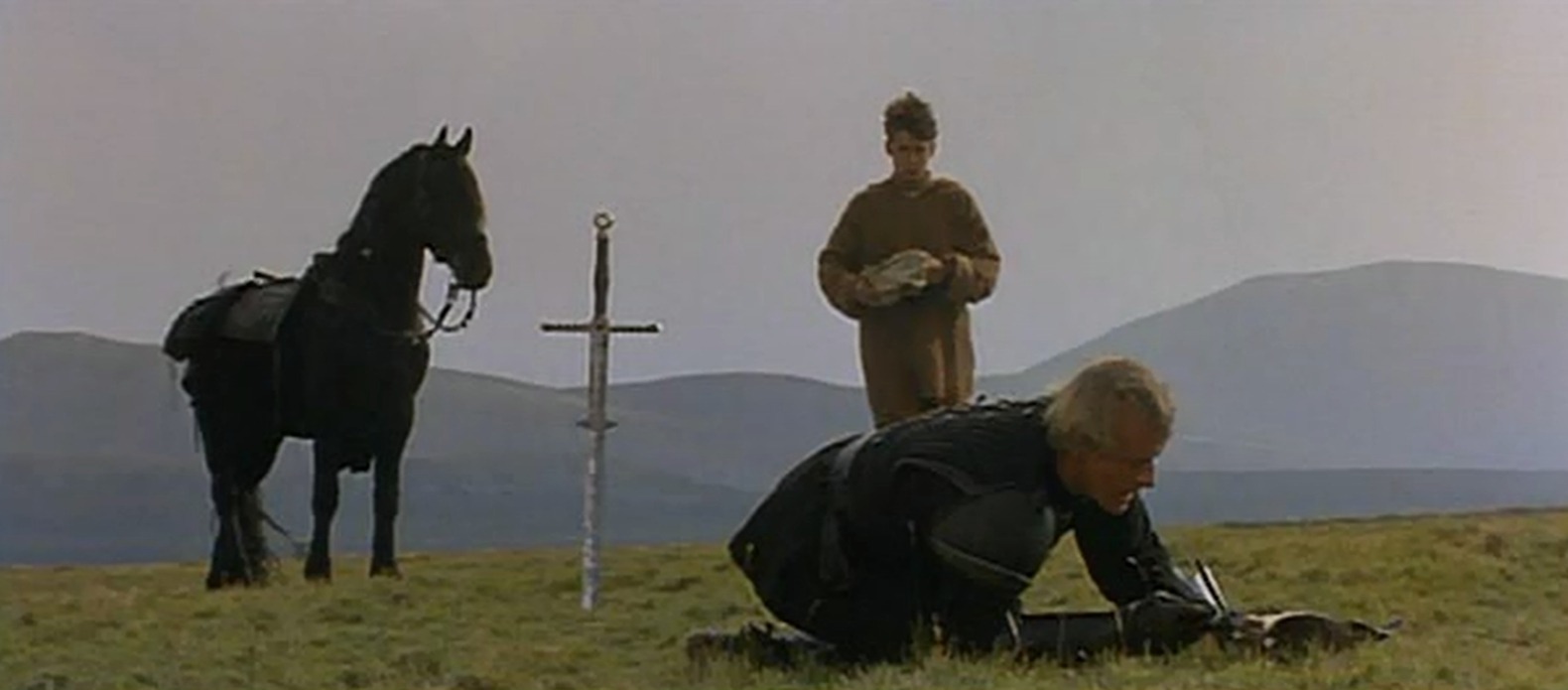
In conclusion, Ladyhawke is a cinematic gem that has captivated audiences for decades with its timeless story, captivating performances, and beautiful visuals. Richard Donner’s deft direction, combined with the film’s memorable characters and sweeping romanticism, ensures that it remains a beloved classic in the fantasy genre. Its themes of love, redemption, and the supernatural continue to resonate, making Ladyhawke a film that stands the test of time.
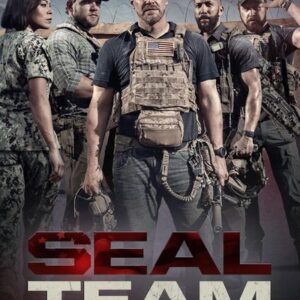
“SEAL Team” is a 2017 military drama television series created by Benjamin Cavell.

Plot Summary:
The series follows the members of Bravo Team, a sub-unit of the U.S. Navy SEALs, led by the charismatic and battle-hardened leader, Jason Hayes (played by David Boreanaz). Each episode offers a glimpse into the dangerous and high-stakes missions the team undertakes, ranging from hostage rescues to covert operations in hostile territories.
While the missions are thrilling and intense, SEAL Team also explores the emotional toll that this life takes on the operators and their families. The series delves into the psychological effects of combat, the strain on relationships, and the sacrifices that come with being part of an elite military unit. The characters are portrayed with depth and authenticity, showcasing their bravery, vulnerabilities, and the tight-knit bond that holds the team together.
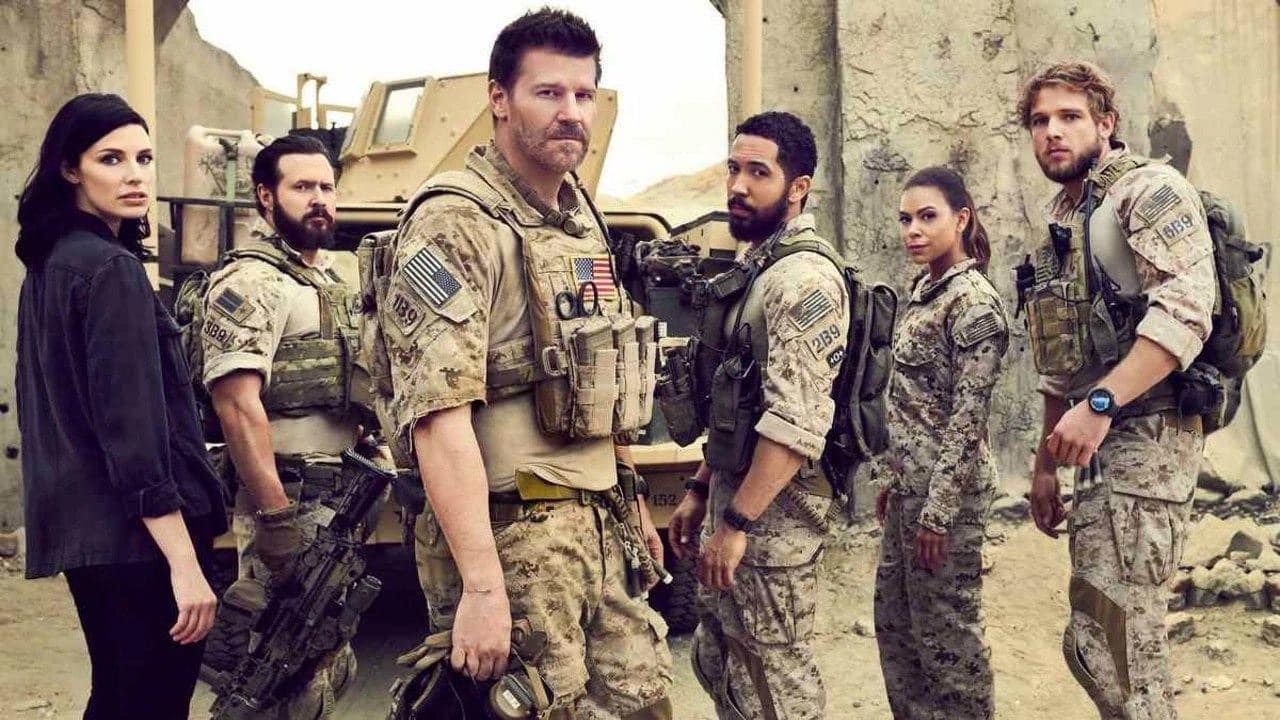
Main Characters:
- Jason Hayes (David Boreanaz): The stoic and dedicated leader of Bravo Team, Jason grapples with the weight of command and the personal cost of his service.
- Clay Spenser (Max Thieriot): A young and ambitious SEAL with a legacy to uphold, Clay strives to prove himself to his teammates and struggles with his own insecurities.
- Ray Perry (Neil Brown Jr.): Jason’s right-hand man and close friend, Ray is the team’s second-in-command who often finds himself torn between his duty to his team and his responsibilities at home.
- Sonny Quinn (A.J. Buckley): The team’s explosive breacher, Sonny is known for his wild spirit and fierce loyalty to his brothers-in-arms.
- Lisa Davis (Toni Trucks): The team’s logistics officer, Davis is a crucial support system for the SEALs, managing their missions and providing vital intelligence.
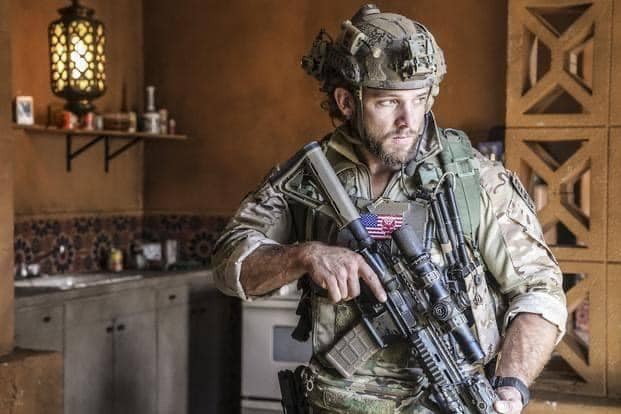
Themes:
SEAL Team delves into the complexities of military service, highlighting themes such as duty, honor, sacrifice, and the psychological and emotional challenges faced by those on the front lines. The show also emphasizes the importance of teamwork, loyalty, and the unbreakable bonds formed between soldiers in combat.
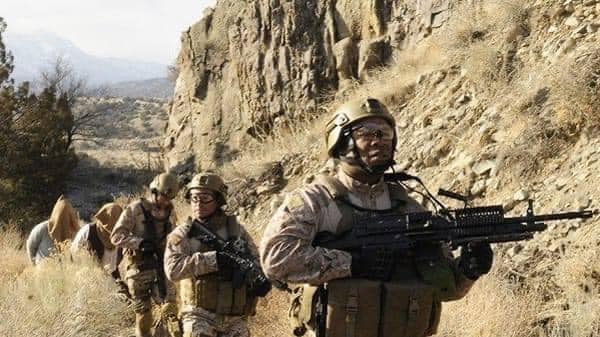
Impact:
Since its premiere, SEAL Team has garnered a dedicated fanbase and has been praised for its authentic portrayal of military life and its compelling characters. The series not only provides edge-of-the-seat action but also offers a poignant look at the personal lives of those who serve, making it a standout in the genre of military drama television
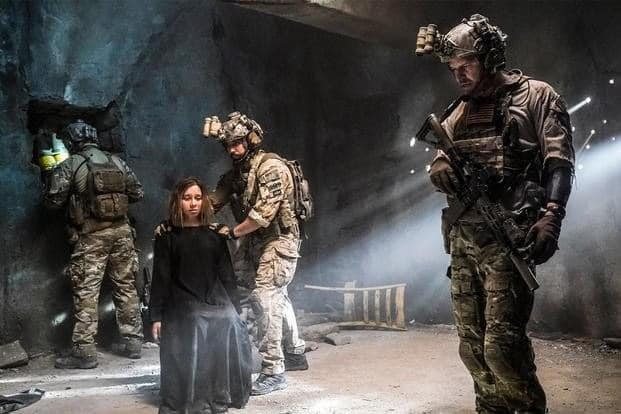
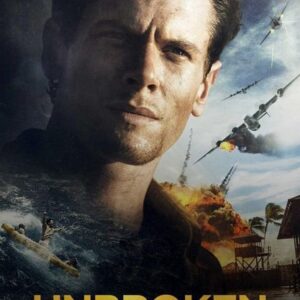
“The Railway Man” (2013) is a deeply moving drama that explores the harrowing effects of war and the power of forgiveness.
The Railway Man (2013) is a poignant drama based on the true story of Eric Lomax, a British Army officer who was captured by the Japanese during World War II and forced to work on the notorious Burma Railway. The film, directed by Jonathan Teplitzky and starring Colin Firth and Nicole Kidman, delves into the psychological scars left by war and the extraordinary power of forgiveness.
The narrative unfolds in two timelines: the harrowing experiences of Lomax as a young man during the war, and his struggle with post-traumatic stress in the years that followed. The younger Lomax, portrayed by Jeremy Irvine, endures unimaginable cruelty at the hands of his captors, particularly a Japanese officer named Takashi Nagase, played by Hiroyuki Sanada. These brutal memories haunt him into his later years, casting a long shadow over his life.
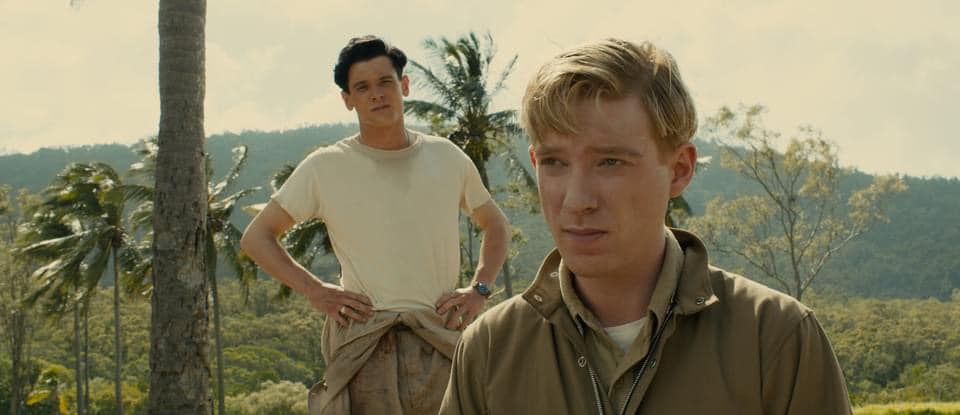
Colin Firth’s portrayal of the older Lomax captures the quiet anguish of a man tormented by his past. His performance is understated yet deeply affecting, conveying the pain of a soul who has been through hell and back. Nicole Kidman plays Patti, Lomax’s wife, who is both loving and determined to help her husband confront his demons. Their relationship becomes the emotional core of the film, illustrating the strain that war places on even the most loving of bonds.
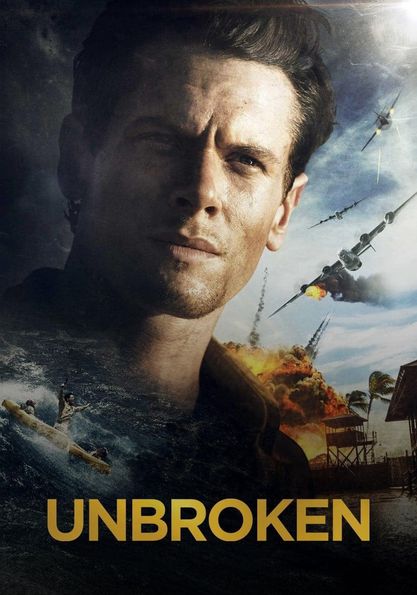
The film’s most powerful moments come when Lomax decides to face his past head-on. Learning that Nagase is still alive and working as a tour guide at the very railway where so much suffering took place, Lomax embarks on a journey to confront the man who inflicted such pain on him. This confrontation is fraught with tension, as Lomax grapples with his desire for revenge against the possibility of reconciliation.
In a remarkable turn of events, instead of resorting to violence, Lomax chooses the path of forgiveness. The encounter between Lomax and Nagase is a heart-wrenching scene that underscores the film’s central theme: that even the most unforgivable acts can be met with compassion. Nagase, who has been burdened with his own guilt over the years, is deeply affected by Lomax’s gesture, and the two men form an unlikely bond.
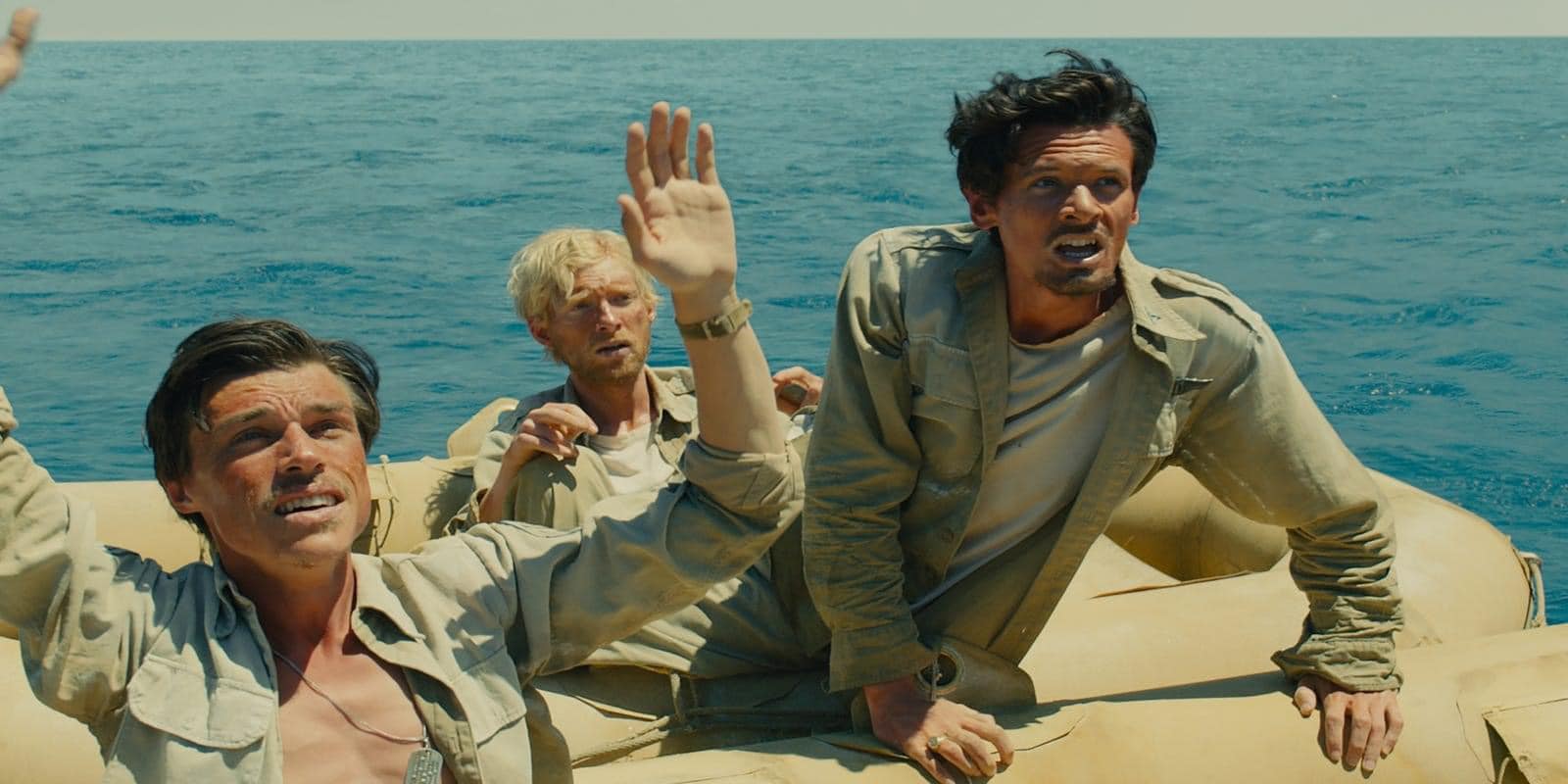
The Railway Man is not just a war story; it’s a profound meditation on the human capacity for forgiveness and healing. The film doesn’t shy away from the brutal realities of war, but it also offers a message of hope. It shows that while the scars of war may never fully heal, they need not define the rest of one’s life.
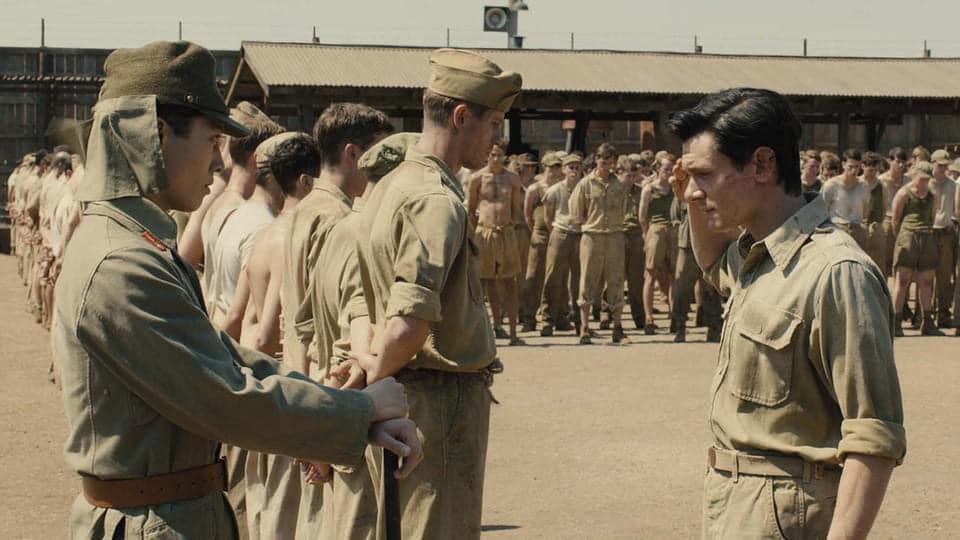
The film’s lush cinematography and haunting score add to its emotional depth, creating an atmosphere that is both beautiful and somber. It’s a reminder that the past is always with us, but how we choose to live with it is what truly defines our humanity.
In the end, The Railway Man is a deeply moving tribute to the resilience of the human spirit and the transformative power of forgiveness. It’s a film that stays with you long after the credits roll, encouraging reflection on the enduring impact of war and the redemptive potential of compassion.

“King Arthur” (2004) is a historical action film directed by Antoine Fuqua, starring Clive Owen, Keira Knightley, Ioan Gruffudd, and Mads Mikkelsen.
King Arthur (2004) is a historical action film directed by Antoine Fuqua that offers a gritty and grounded take on the legendary tale of King Arthur and his Knights of the Round Table. Unlike the traditional mythological retellings, this film presents Arthur as a real historical figure, rooted in the tumultuous era of the Roman Empire’s decline in Britain.
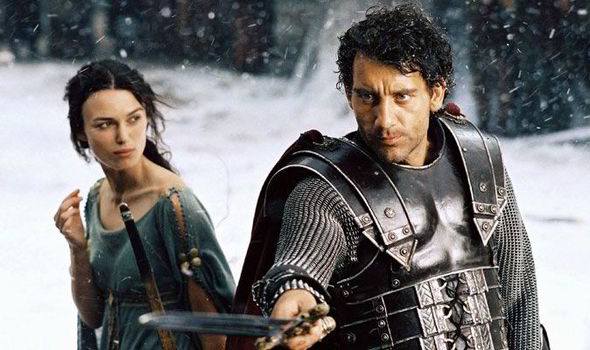
Clive Owen stars as Arthur, a reluctant leader torn between his Roman heritage and his loyalty to the native Britons. Unlike the chivalrous and idealized figure of legend, this Arthur is a battle-hardened warrior, driven by a sense of duty and justice. Owen’s portrayal brings a stoic intensity to the role, highlighting the inner conflict of a man caught between two worlds.
Keira Knightley plays Guinevere, reimagined as a fierce and independent warrior of the Woads, a Celtic tribe resisting Roman occupation. This version of Guinevere is far from the passive damsel of traditional stories; she is a skilled fighter and a key ally in Arthur’s quest. Knightley’s performance infuses the character with strength and resilience, making her a formidable presence in the film.
Ioan Gruffudd takes on the role of Lancelot, Arthur’s loyal right-hand man and closest companion. Gruffudd’s Lancelot is a brooding and complex figure, whose unwavering loyalty to Arthur is matched only by his skill in battle. The film explores the deep camaraderie between Arthur and his knights, emphasizing the bonds forged through years of warfare and shared hardship.
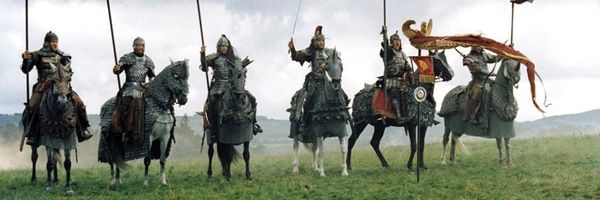
Mads Mikkelsen delivers a standout performance as Tristan, the enigmatic and deadly knight known for his unmatched skills with a sword and his connection to nature. Mikkelsen’s portrayal adds a layer of mystique to the character, making him one of the film’s most memorable figures.
The film is set against the backdrop of the crumbling Roman Empire, as the Saxons invade Britain and the native tribes rise up against their occupiers. Arthur and his knights are portrayed as Sarmatian cavalrymen, bound to serve Rome for 15 years before being granted their freedom. As their service comes to an end, Arthur must decide whether to fulfill his duty to Rome or fight for the freedom of the people he has come to see as his own.
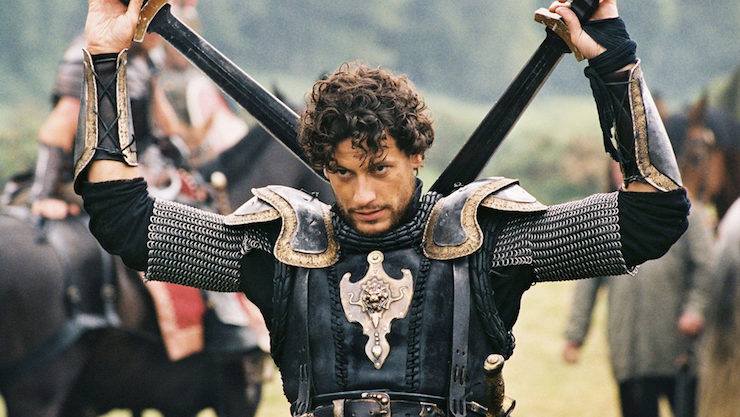
*King Arthur* is visually striking, with Fuqua’s direction bringing a gritty realism to the battle scenes. The action is brutal and unflinching, reflecting the harsh realities of warfare in a time of upheaval. The film’s cinematography, by Slawomir Idziak, captures the bleak beauty of the British landscape, enhancing the film’s somber tone.
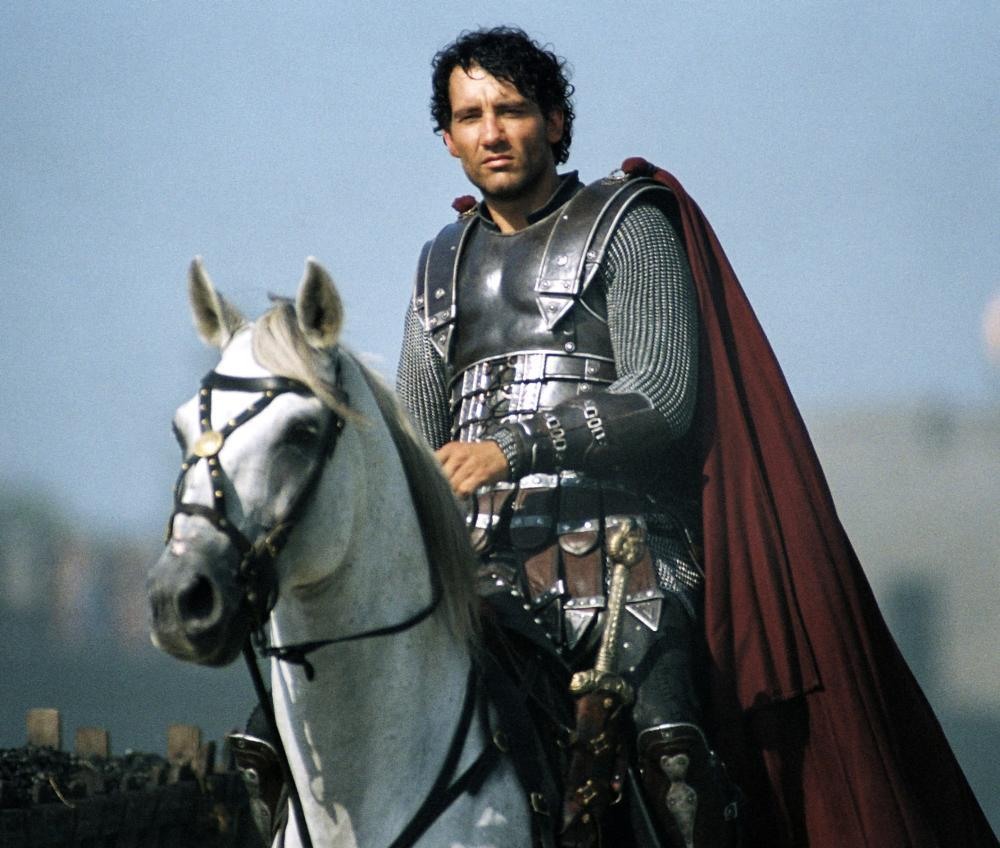
While *King Arthur* takes significant liberties with the traditional Arthurian legend, it presents a fresh perspective on the familiar story. The film explores themes of loyalty, freedom, and the burden of leadership, with Arthur emerging as a complex and conflicted hero.
Despite its historical setting, the film’s emphasis on gritty realism and moral ambiguity resonates with contemporary audiences, offering a version of the Arthurian legend that feels both timeless and grounded in the harsh realities of its time.
In the end, *King Arthur* (2004) is a unique reimagining of a classic tale, blending historical drama with epic action. It may not adhere to the romanticized version of the legend, but it offers a compelling vision of a man striving to reconcile his past with his desire to shape a better future for his people.
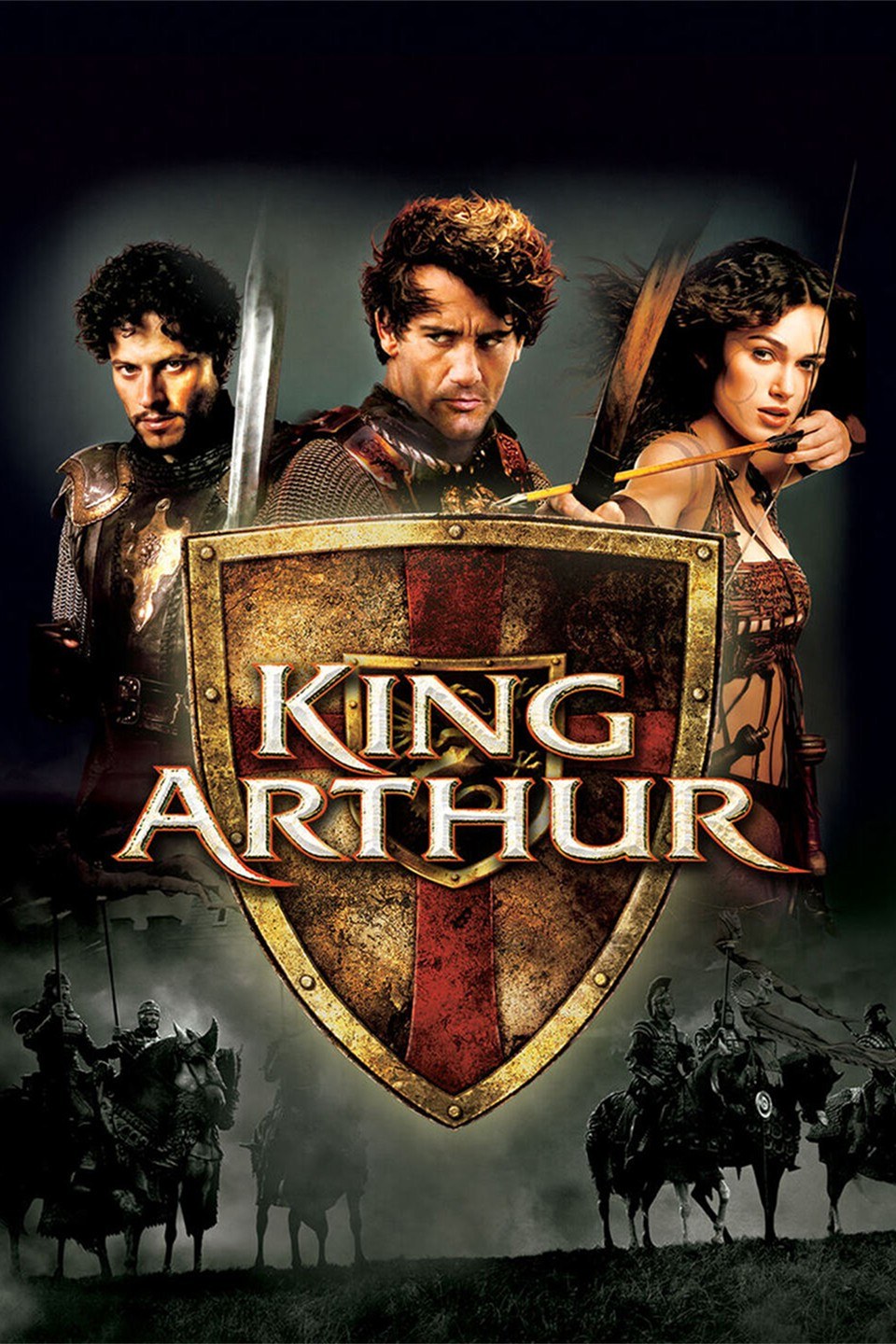

“Double Team” (1997) is an action film directed by Tsui Hark and stars Jean-Claude Van Damme, Dennis Rodman, and Mickey Rourke.
Double Team (1997) is a wild action film directed by Hong Kong filmmaker Tsui Hark, featuring an eclectic cast that includes martial arts icon Jean-Claude Van Damme, basketball star Dennis Rodman, and actor Mickey Rourke. The film is a product of its time, blending over-the-top action, quirky humor, and a distinctly ’90s aesthetic.
Jean-Claude Van Damme stars as Jack Quinn, a top counter-terrorism agent who is forced out of retirement for one last mission: to capture the dangerous international terrorist Stavros, played by Mickey Rourke. Quinn is a seasoned operative, known for his deadly skills and ability to stay calm under pressure. However, this mission goes awry, leading to an intense personal vendetta.

After a failed operation, Quinn finds himself imprisoned in “The Colony,” a high-tech, inescapable facility where former intelligence agents are held. Determined to escape and stop Stavros, who has now targeted his family, Quinn must use all his training and resourcefulness to break free. His escape sets the stage for the film’s high-stakes cat-and-mouse chase.
Dennis Rodman plays Yaz, a flamboyant arms dealer who becomes Quinn’s unlikely ally. Rodman’s portrayal of Yaz is as eccentric and colorful as one might expect, complete with a series of outlandish outfits and one-liners. His character adds a dose of comic relief and unpredictability to the film, balancing out Van Damme’s more serious, action-hero persona.
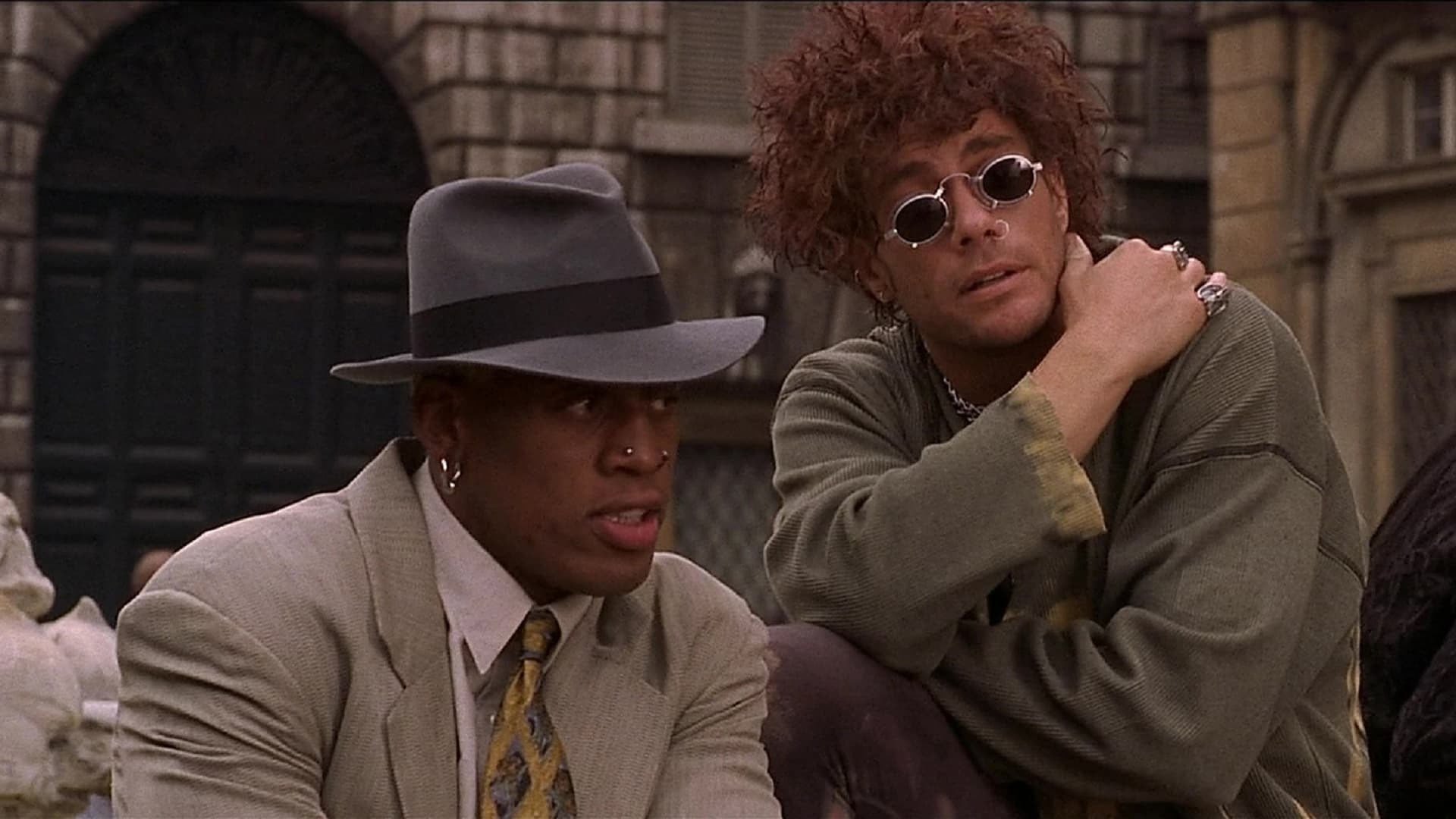
Mickey Rourke’s Stavros is a formidable villain, embodying a ruthless and cold-blooded adversary with a personal grudge against Quinn. Rourke’s presence adds a layer of menace to the film, and his final showdown with Van Damme is one of the movie’s highlights.
The action sequences in Double Team are where the film truly shines, featuring a mix of martial arts, shootouts, and explosive stunts. Director Tsui Hark, known for his work in Hong Kong cinema, brings a unique flair to the action scenes, combining high-energy choreography with creative set pieces. One of the most memorable sequences takes place in a Roman Colosseum, where Quinn and Stavros engage in a life-or-death battle amid a ring of fire and a live tiger.
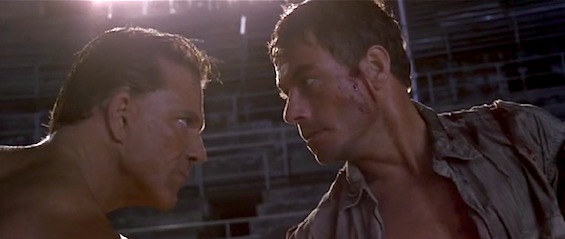
The film’s production design and visual style are distinctly ’90s, with bold colors, rapid cuts, and a soundtrack that complements the fast-paced action. While some aspects of the film may feel dated by today’s standards, Double Team captures the spirit of its era, offering a nostalgic trip for fans of ’90s action cinema.
Though it received mixed reviews upon release, with some critics pointing out its outlandish plot and campy elements, Double Team has gained a cult following over the years, appreciated for its high-octane action and the sheer entertainment value of its star-studded cast.
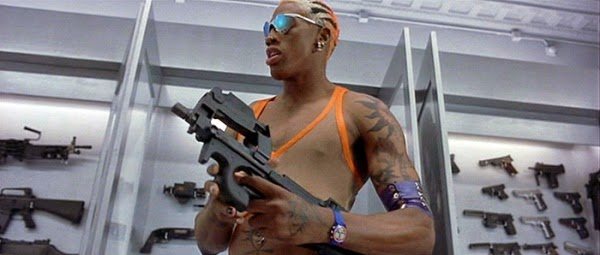
In the end, Double Team is an action-packed, adrenaline-fueled ride that embraces its absurdity and delivers on the thrills. It’s a film that doesn’t take itself too seriously, offering a fun and outrageous adventure that showcases the larger-than-life personas of Van Damme, Rodman, and Rourke. If you’re in the mood for a no-holds-barred action flick with a dose of ’90s flair, Double Team is a movie that fits the bill.
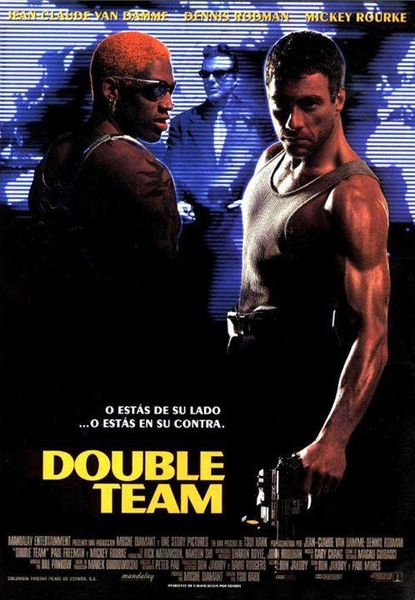

“Planet Terror” (2007) is a cult classic action-horror film directed by Robert Rodriguez.
Planet Terror (2007) is an action-horror film directed by Robert Rodriguez, celebrated for its blend of over-the-top gore, dark humor, and gritty, retro style. As one half of the Grindhouse double feature—paired with Quentin Tarantino’s Death Proof—Planet Terror stands out as a loving tribute to the exploitation films of the 1970s, with its deliberately low-budget aesthetic and unapologetic embrace of genre tropes.
The film is set in a small Texas town that becomes ground zero for a deadly outbreak of a mutating biochemical agent. The virus transforms its victims into grotesque, flesh-eating creatures, triggering a chaotic fight for survival. At the center of the story is Cherry Darling, a go-go dancer played by Rose McGowan, who loses her leg in an early zombie attack and later replaces it with a machine gun in one of the film’s most iconic and absurd images.

Cherry teams up with her ex-boyfriend El Wray, portrayed by Freddy Rodríguez, a mysterious and highly skilled gunslinger with a shady past. Together, they lead a ragtag group of survivors—including a doctor (Marley Shelton) with a syringe fetish, a sheriff (Michael Biehn) with a grudge, and a pair of quarreling babysitters—through the nightmarish landscape overrun by the infected.
The cast also features standout performances by Josh Brolin as a deranged doctor, and Bruce Willis in a brief but memorable role as a rogue military officer responsible for the outbreak. Rodriguez packs the film with eccentric characters, each adding to the film’s chaotic and unpredictable energy.
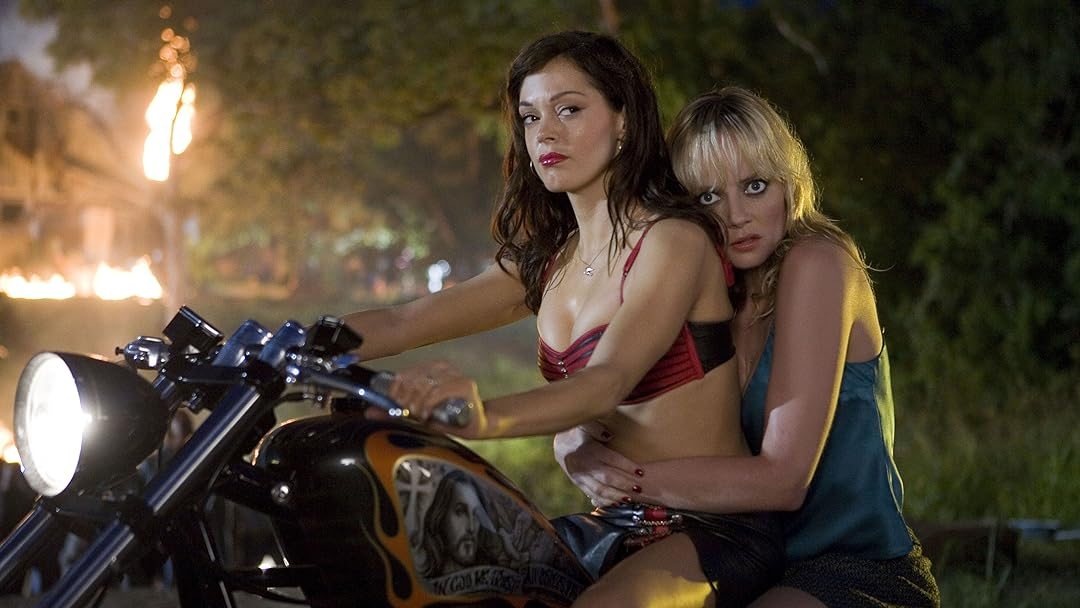
Planet Terror is deliberately rough around the edges, with its faux film scratches, missing reels, and exaggerated violence all paying homage to the grindhouse cinema that inspired it. The film’s visual style is marked by a saturated color palette, shaky camera work, and a deliberately cheap look that enhances its nostalgic charm. Rodriguez’s use of practical effects for the gore and creature designs gives the film a visceral, tactile quality that modern CGI often lacks.
The film’s action sequences are relentlessly fast-paced, blending horror with high-octane gunfights, car chases, and explosive stunts. The combination of zombies, military conspiracies, and a band of colorful survivors makes Planet Terror an eclectic mix of genres that never takes itself too seriously. Its tongue-in-cheek tone, coupled with an affection for the absurd, makes it a wild ride from start to finish.
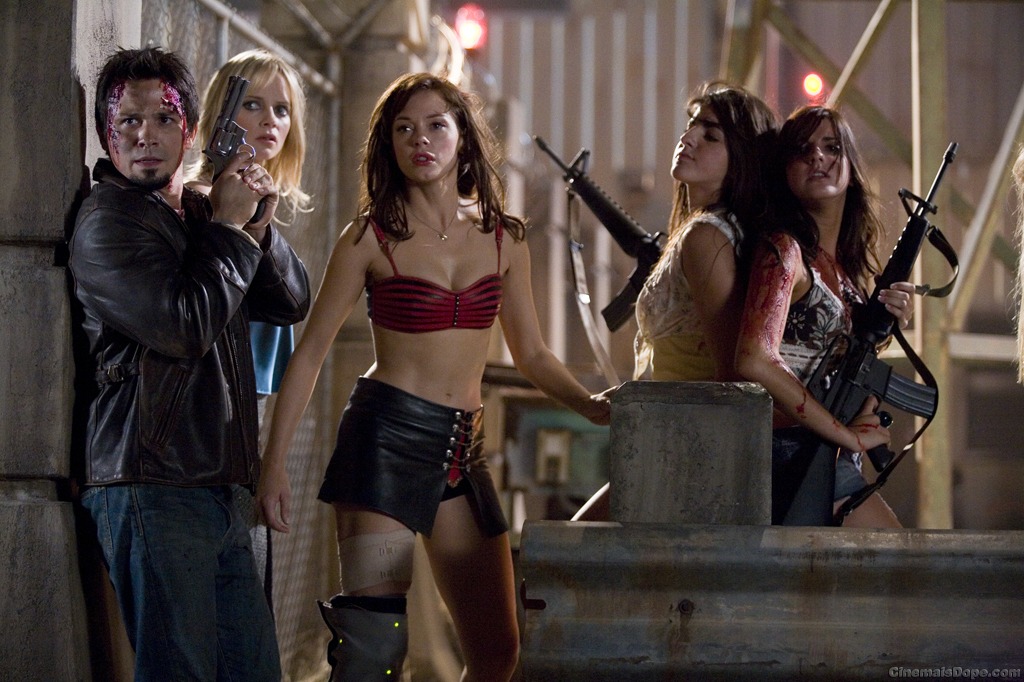
Rodriguez’s soundtrack, which he composed himself, adds to the film’s atmosphere, blending gritty rock with eerie synths that echo the soundscapes of classic horror and exploitation films. The music, along with the film’s pacing and structure, creates an experience that is both immersive and nostalgic.
While Planet Terror was not a major box office success upon its initial release, it has since gained a devoted cult following. Fans appreciate its bold style, inventive action, and the way it captures the essence of grindhouse cinema while adding Rodriguez’s unique flair.

In the end, Planet Terror is a riotous celebration of genre filmmaking. It’s a film that revels in its excesses, delivering a bloody, entertaining ride that’s as much a pastiche as it is a genuine love letter to the grindhouse era. For those who enjoy their horror with a dose of outrageous action and dark humor, Planet Terror offers a memorable and unapologetically fun experience.
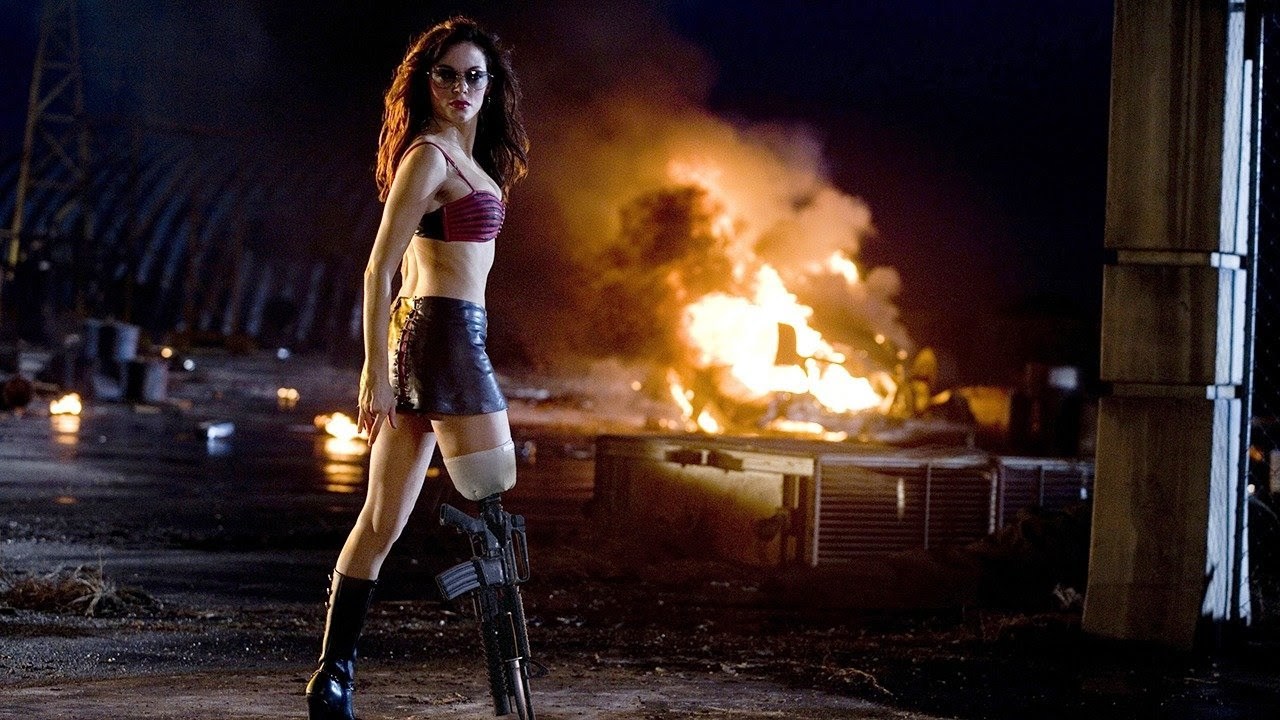
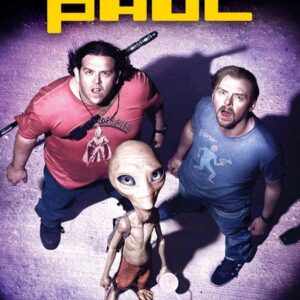
Paul (2011) is a science fiction comedy film directed by Greg Mottola and written by Simon Pegg and Nick Frost, who also star in the film.
Paul (2011) is a science fiction comedy film directed by Greg Mottola, featuring the comedic duo of Simon Pegg and Nick Frost, who also penned the screenplay. The film is a humorous and heartfelt homage to sci-fi fandom, blending sharp wit with a love for all things extraterrestrial.
The story follows two British comic book nerds, Graeme Willy (Simon Pegg) and Clive Gollings (Nick Frost), who embark on a road trip across the United States to visit famous UFO sites. Their journey takes an unexpected turn when they encounter Paul (voiced by Seth Rogen), a wisecracking alien who has escaped from a top-secret government facility. With the government hot on their trail, Graeme and Clive decide to help Paul reach a rendezvous point where he hopes to be rescued by his fellow extraterrestrials.
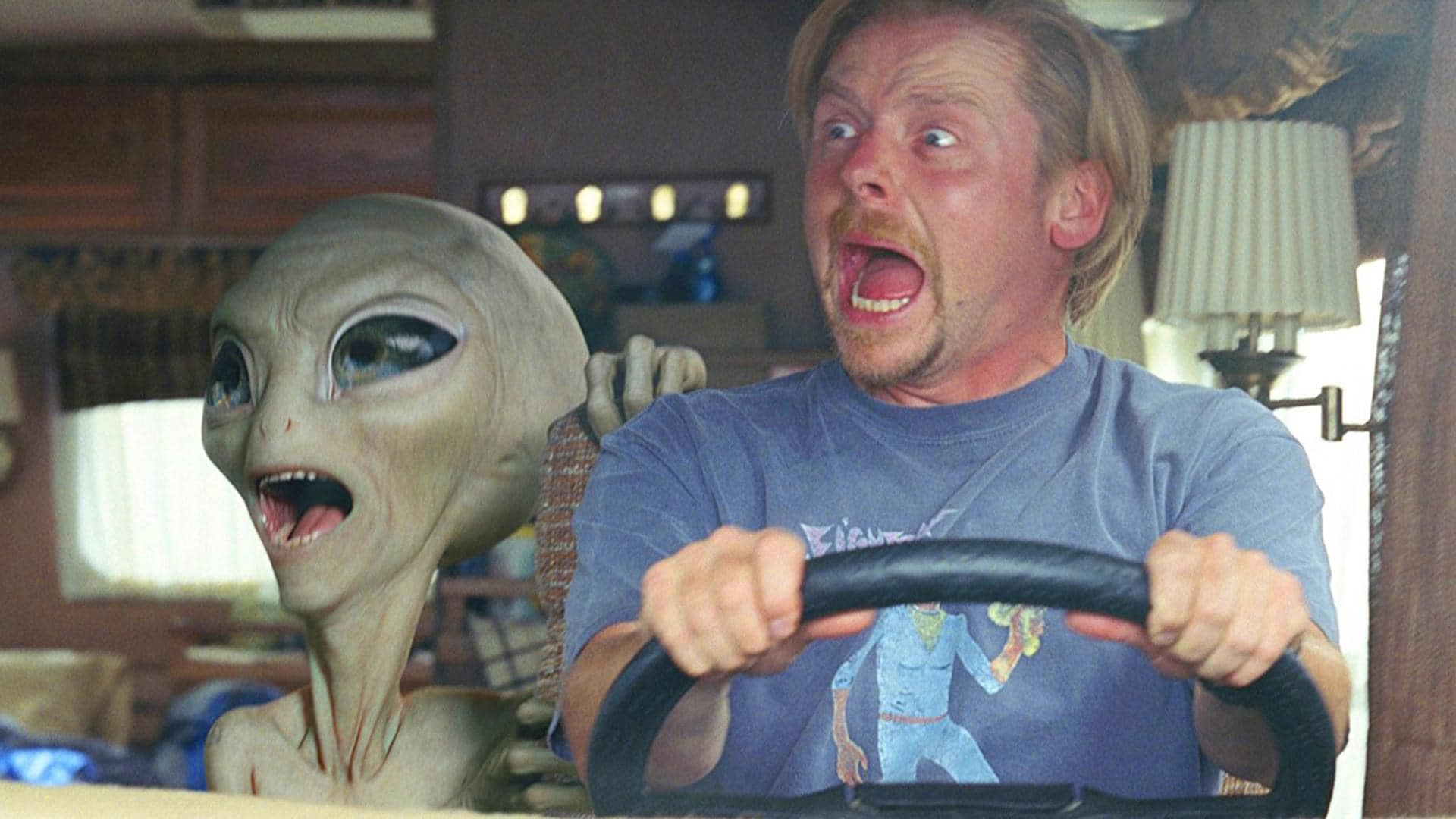
Paul is not your typical alien. He’s a laid-back, irreverent character with a penchant for crude humor and pop culture references. Seth Rogen’s voice performance brings Paul to life, infusing the character with a mix of charm and mischief. Unlike the usual depictions of aliens in cinema, Paul is a fully fleshed-out character who quickly becomes the heart of the film.
As Graeme and Clive embark on this wild adventure with Paul, they are pursued by a group of government agents led by the ruthless Special Agent Zoil (Jason Bateman) and two bumbling underlings played by Bill Hader and Joe Lo Truglio. Along the way, they are joined by Ruth Buggs (Kristen Wiig), a sheltered and religious woman who undergoes a humorous transformation as she grapples with the reality of Paul’s existence.
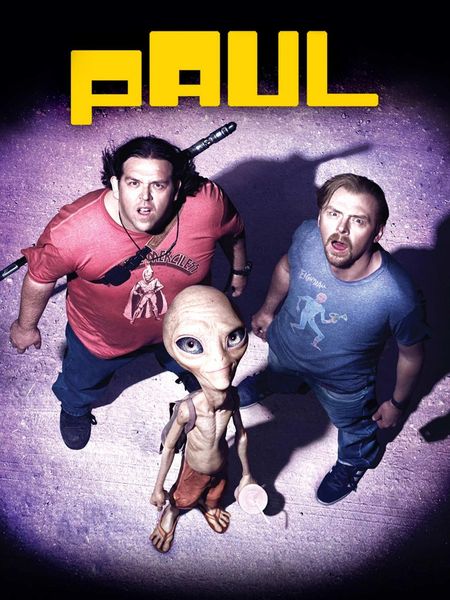
The film is packed with references to classic sci-fi films and pop culture, making it a treat for genre fans. From Star Wars and E.T. to Close Encounters of the Third Kind and Aliens, the film lovingly nods to the very movies that inspired Pegg and Frost’s own geeky passions. These references are woven seamlessly into the narrative, adding an extra layer of enjoyment for those in the know.
Greg Mottola’s direction keeps the film light and breezy, balancing the sci-fi elements with the humor and heart that Pegg and Frost bring to their writing. The film’s tone is playful, with a mix of slapstick comedy, witty dialogue, and moments of genuine warmth and friendship.
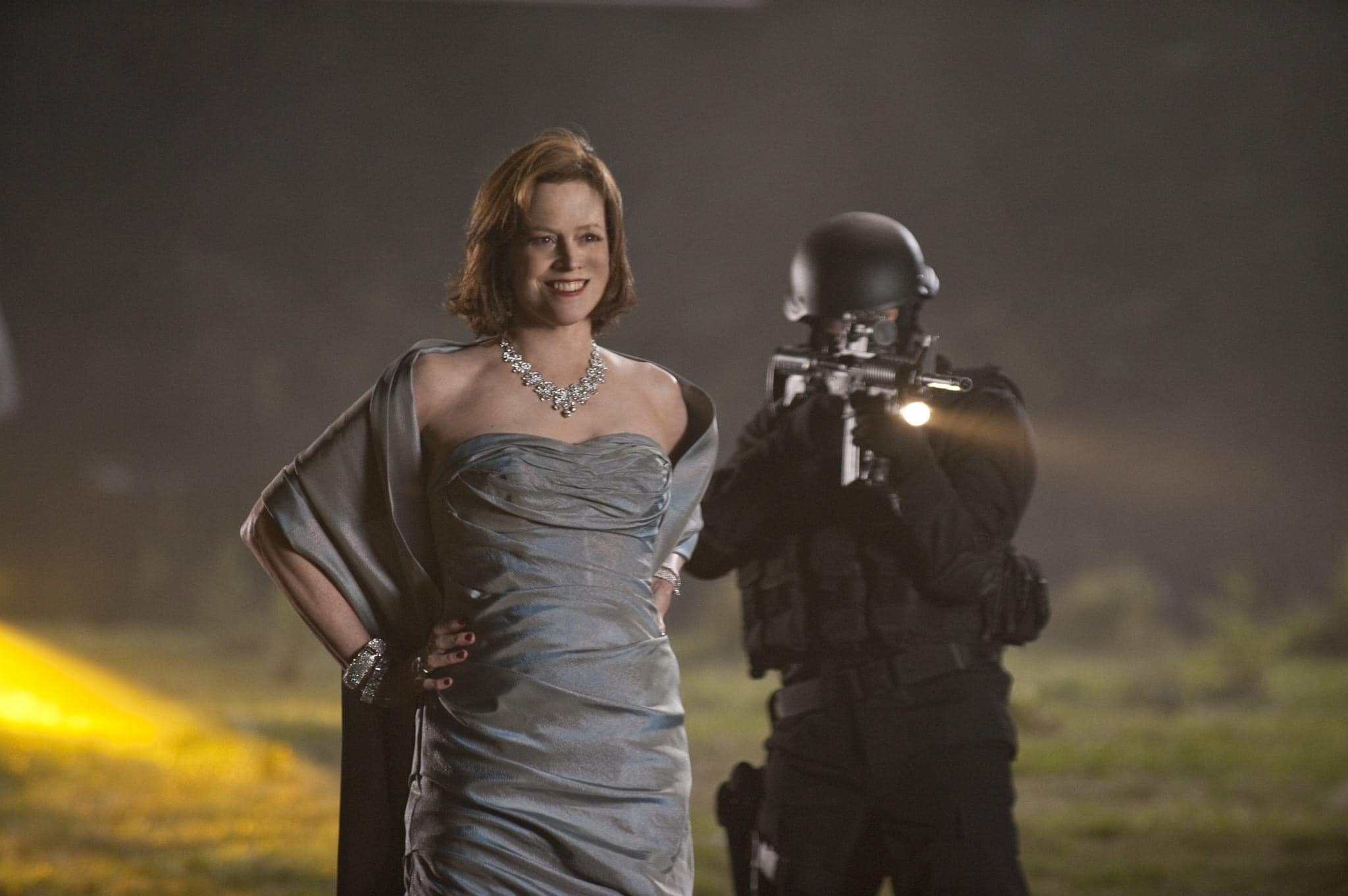
The chemistry between Pegg and Frost is, as always, one of the film’s greatest strengths. Their natural camaraderie and comedic timing make Graeme and Clive’s friendship feel authentic and relatable. Their characters are both endearing and hilarious, embodying the spirit of fans who find joy in the fantastical worlds of science fiction.
Despite its humor and irreverence, Paul also touches on themes of friendship, acceptance, and the idea of finding one’s place in the universe. Paul himself, despite his alien appearance, is relatable in his desire for freedom and understanding, and his journey resonates on a human level.
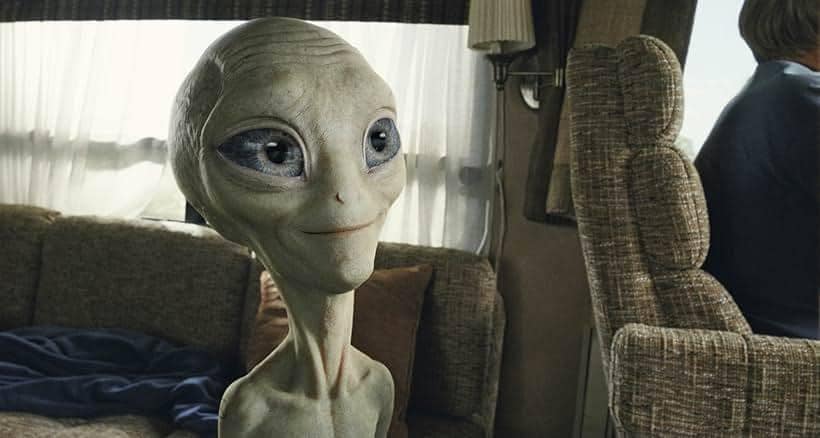
The film’s visual effects, particularly in bringing Paul to life, are impressive without overshadowing the story. The design of Paul is simple yet effective, allowing the character to feel both otherworldly and approachable.
In the end, Paul is a delightful blend of sci-fi and comedy that pays tribute to the genre while carving out its own unique place in it. It’s a film that doesn’t just cater to sci-fi fans but also to anyone who enjoys a good laugh and a fun adventure. With its clever writing, memorable characters, and affectionate nods to the classics, Paul is a feel-good movie that celebrates the joys of geekdom and the enduring appeal of the unknown.
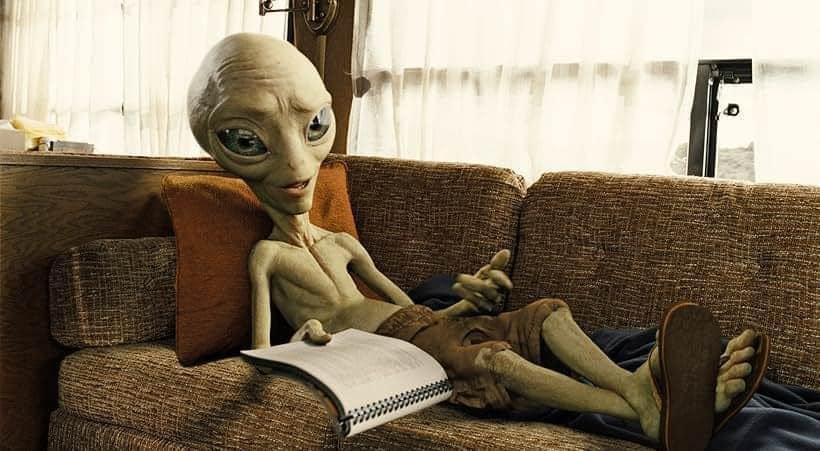
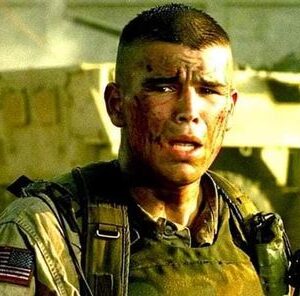
Black Hawk Down (2001) The film excels in its commitment to realism.
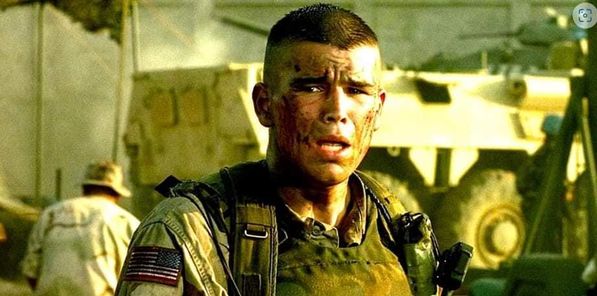
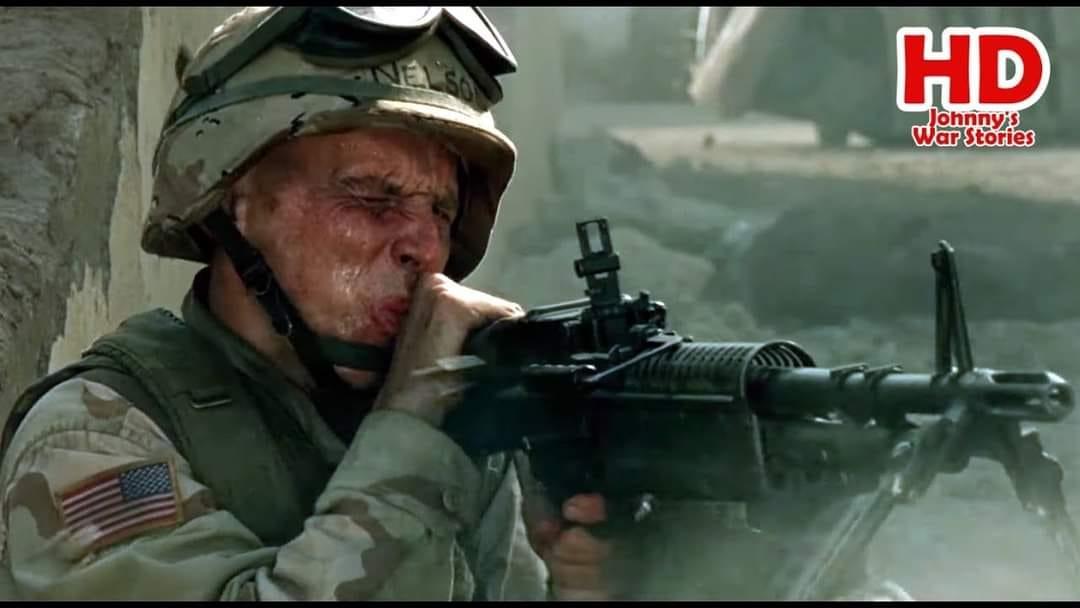

Resident Evil: Apocalypse is a science fiction horror film directed by Alexander Witt.
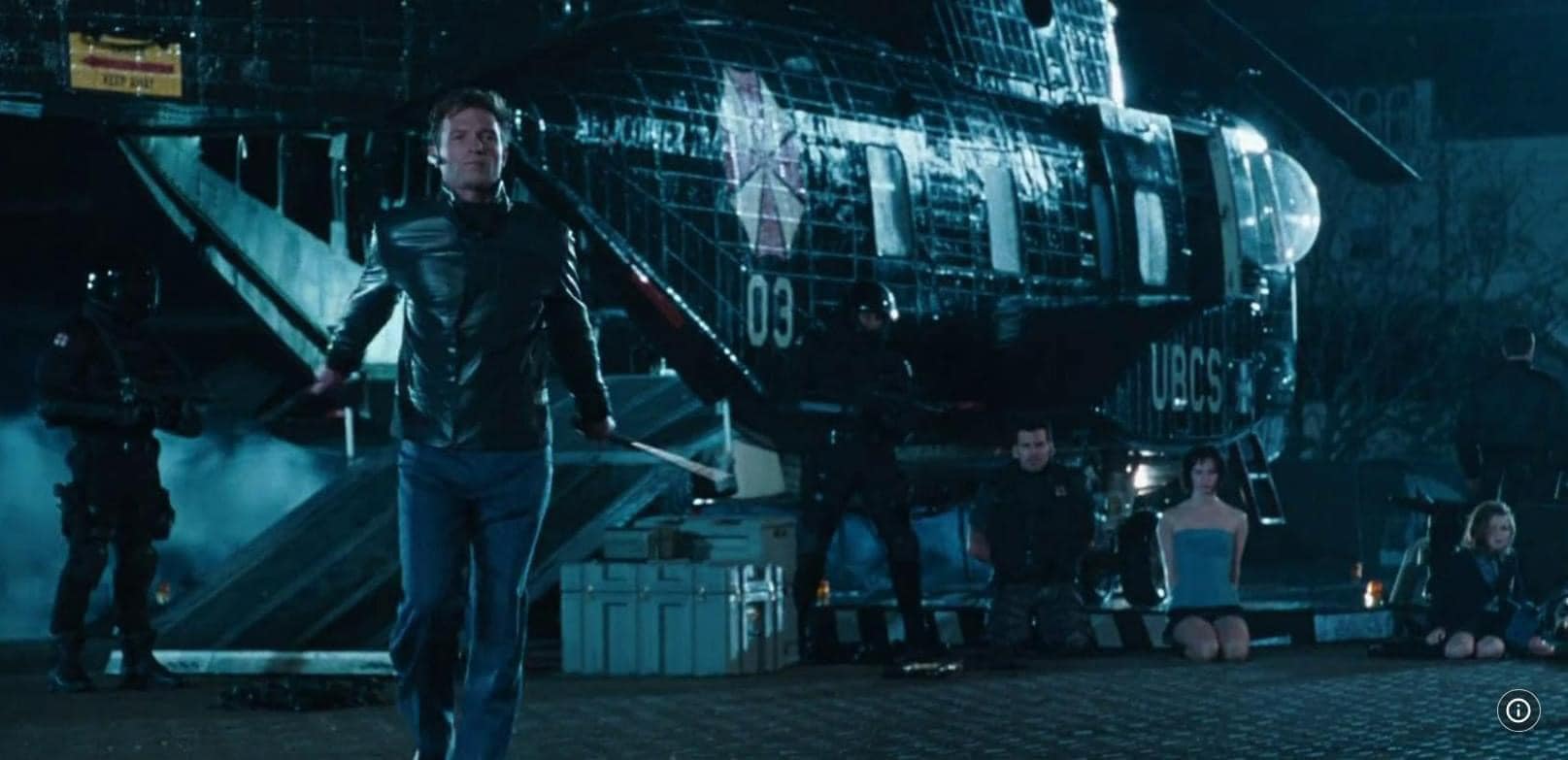

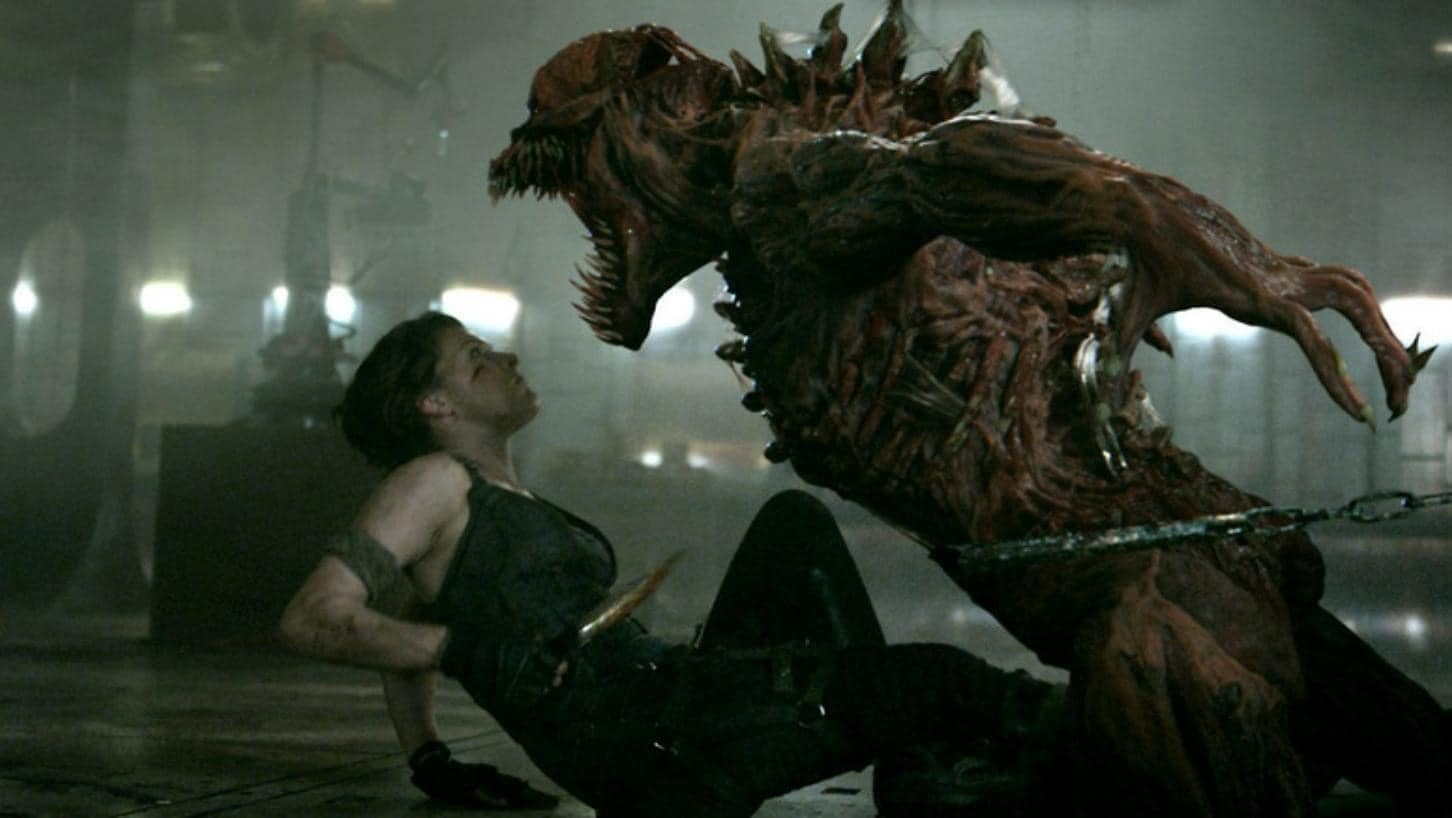
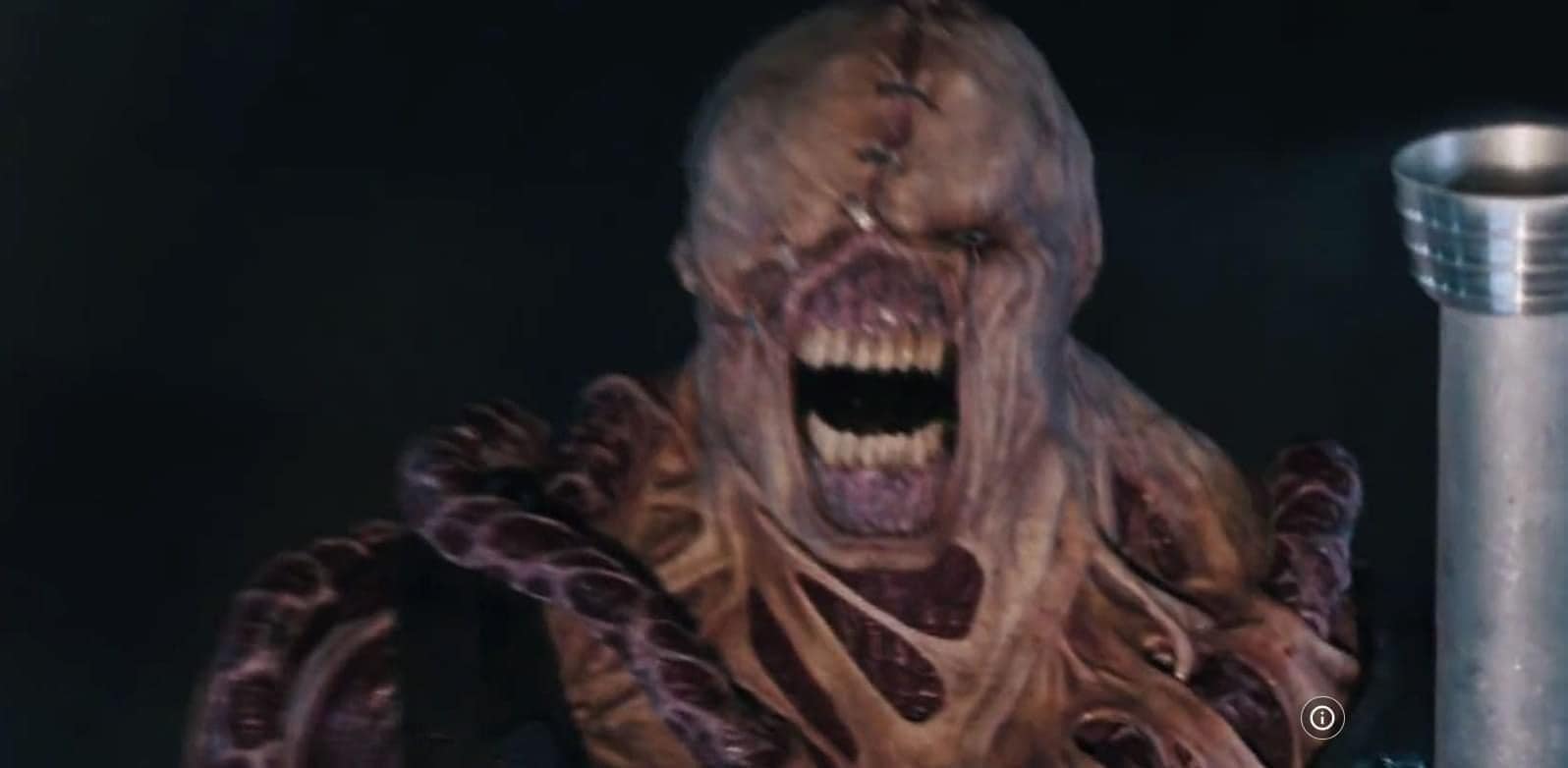
While Resident Evil: Apocalypse received mixed reviews from critics, with some praising its action and visual style while others criticized its thin plot and dialogue, it has found a dedicated fanbase among lovers of the franchise and action-horror enthusiasts. The film’s blend of sci-fi, horror, and action, combined with its faithful nods to the video game series, make it a memorable entry in the Resident Evil saga.
In the end, Resident Evil: Apocalypse is a film that knows its audience, delivering a non-stop thrill ride of zombie mayhem, intense action, and iconic characters. It’s a sequel that builds on the foundation of the first film, expanding the universe and raising the stakes in the battle against the undead and the sinister forces of the Umbrella Corporation.
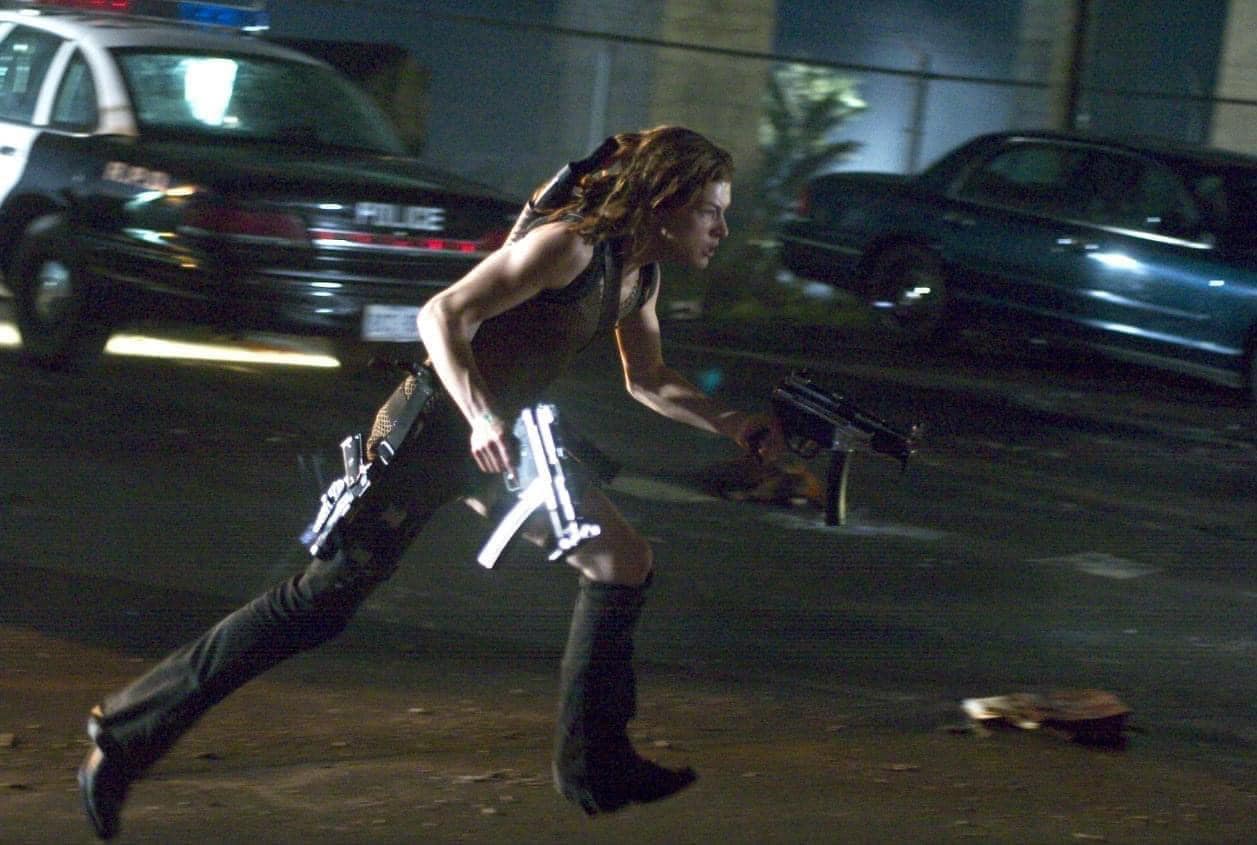
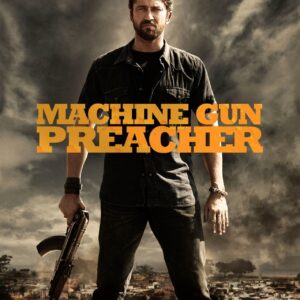
“Machine Gun Preacher” (2011) is a biographical drama film directed by Marc Forster and stars Gerard Butler as Sam Childers.
Machine Gun Preacher (2011) is a biographical drama directed by Marc Forster, featuring Gerard Butler in a powerful performance as Sam Childers, a former drug-dealing biker turned savior for hundreds of Sudanese children. The film is based on the real-life story of Childers, whose journey from a life of violence and crime to becoming a humanitarian in war-torn Africa is both harrowing and inspiring.
Gerard Butler stars as Sam Childers, a man whose life is spiraling out of control due to his involvement in drugs and crime. After a near-death experience and a spiritual awakening, Childers finds religion and turns his life around. Motivated by his newfound faith, he travels to Sudan, where he witnesses the atrocities committed by the Lord’s Resistance Army (LRA), a brutal militia known for abducting children and forcing them to become soldiers.
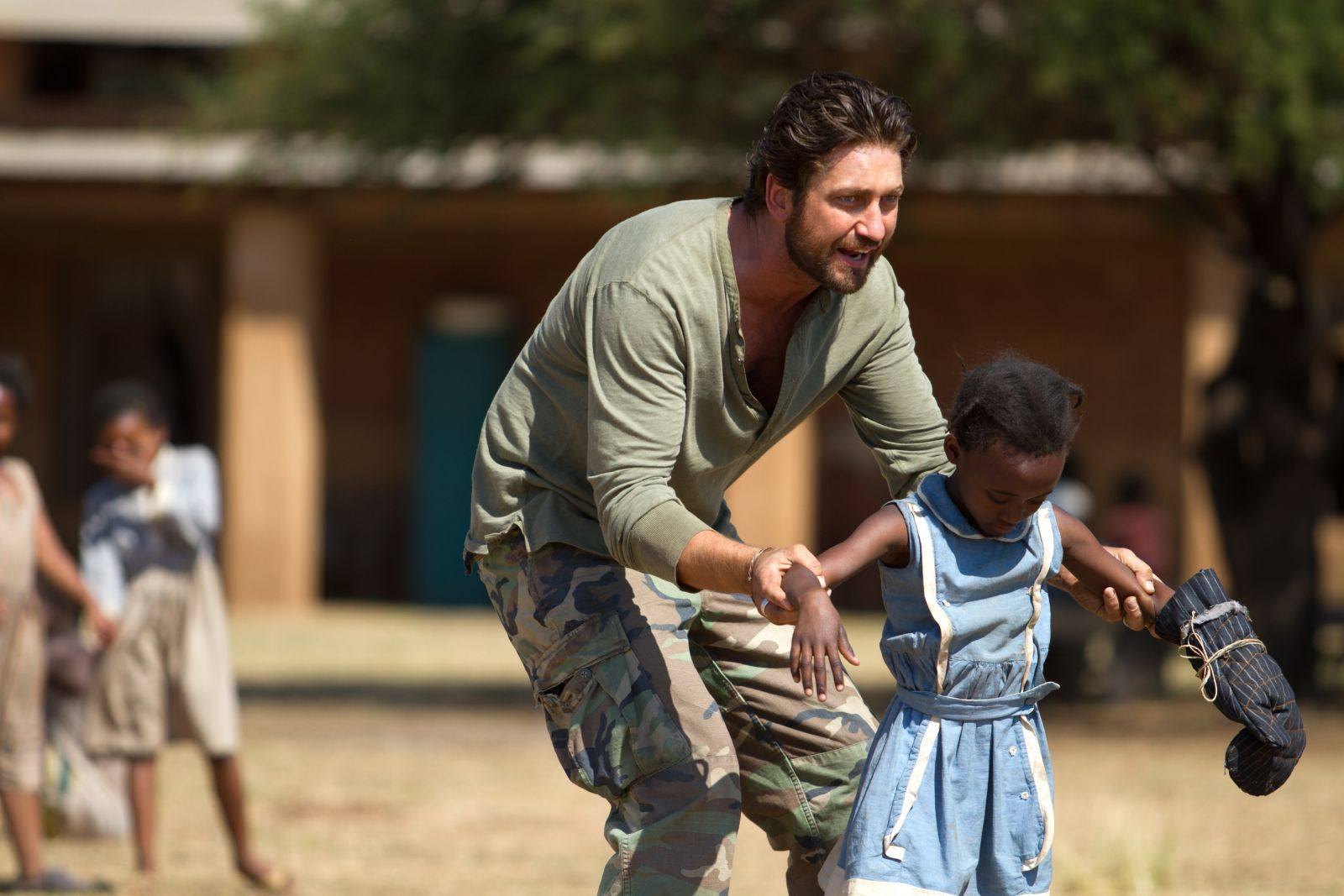
Moved by the suffering he sees, Childers decides to take action, building an orphanage in the heart of the conflict zone to provide shelter and protection for the children affected by the war. However, his mission doesn’t stop there. Childers takes up arms to defend the orphanage and actively rescues children from the clutches of the LRA, earning him the nickname “Machine Gun Preacher.”
Gerard Butler delivers a raw and intense performance, capturing Childers’ complex transformation from a man of violence to one driven by a deep sense of purpose. The film portrays Childers as a flawed but determined figure, whose aggressive methods and moral ambiguity raise questions about the line between vigilantism and heroism.
The film also stars Michelle Monaghan as Lynn, Sam’s supportive wife, who stands by him through his transformation and the challenges that come with his dangerous mission. Michael Shannon plays Donnie, Sam’s friend from his troubled past, providing a contrast to Sam’s journey toward redemption.
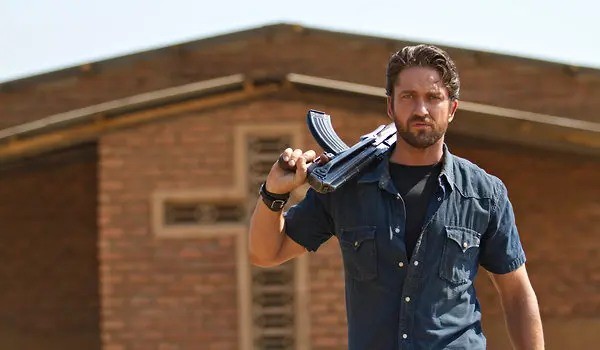
Marc Forster’s direction brings a gritty realism to the film, with unflinching depictions of the violence and horrors of the Sudanese civil war. The film’s cinematography, by Roberto Schaefer, effectively captures the stark contrast between the tranquil American heartland and the chaotic, war-ravaged landscapes of Sudan.
Machine Gun Preacher doesn’t shy away from the moral complexities of its subject. It explores the personal toll that Childers’ mission takes on his family and himself, as well as the ethical dilemmas posed by his willingness to use violence to achieve his goals. The film delves into the tension between Childers’ deep faith and the brutal methods he employs, leaving viewers to grapple with the question of whether the ends justify the means.
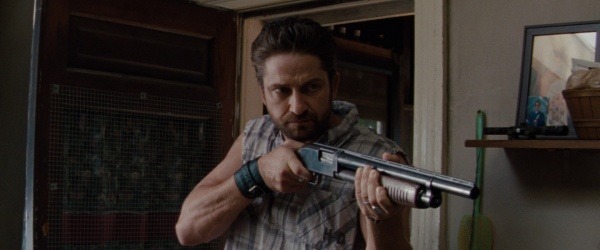
The soundtrack, featuring a mix of rock and gospel music, adds emotional depth to the film, highlighting the duality of Childers’ character—a man caught between his violent past and his redemptive mission.
While Machine Gun Preacher received mixed reviews, with some critics praising Butler’s performance and the film’s raw intensity, others criticized it for oversimplifying complex issues and for its uneven tone. Despite this, the film has resonated with audiences who appreciate its depiction of a man’s determination to make a difference in a world fraught with injustice.
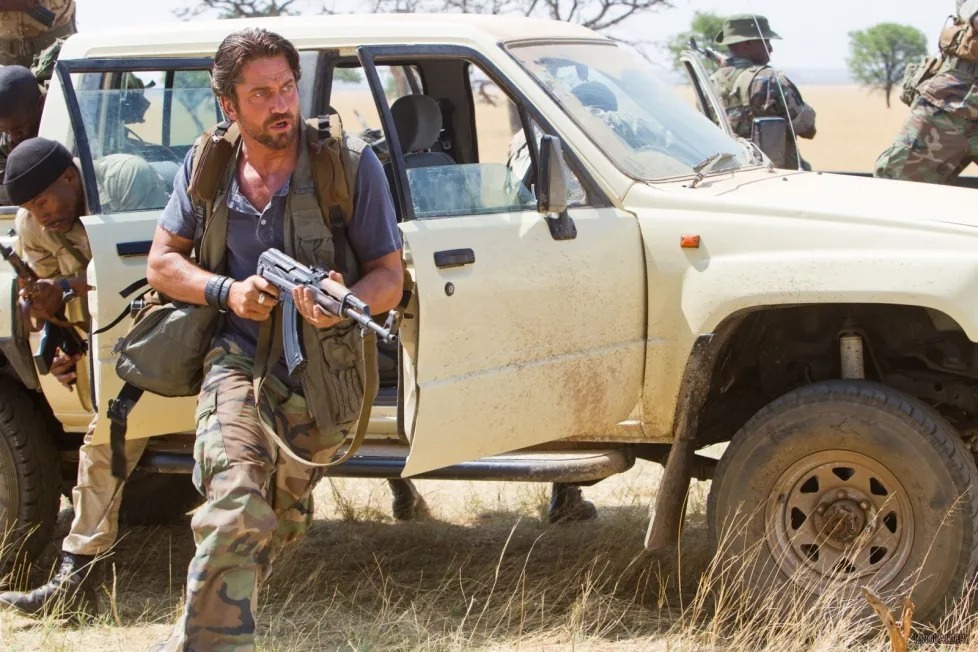
In the end, Machine Gun Preacher is a compelling and provocative film that challenges viewers to consider the complexities of faith, redemption, and the lengths one might go to in the name of doing what they believe is right. It’s a story of one man’s extraordinary journey to find purpose and make an impact in a world of unimaginable suffering, raising difficult questions about morality, sacrifice, and the cost of heroism.

